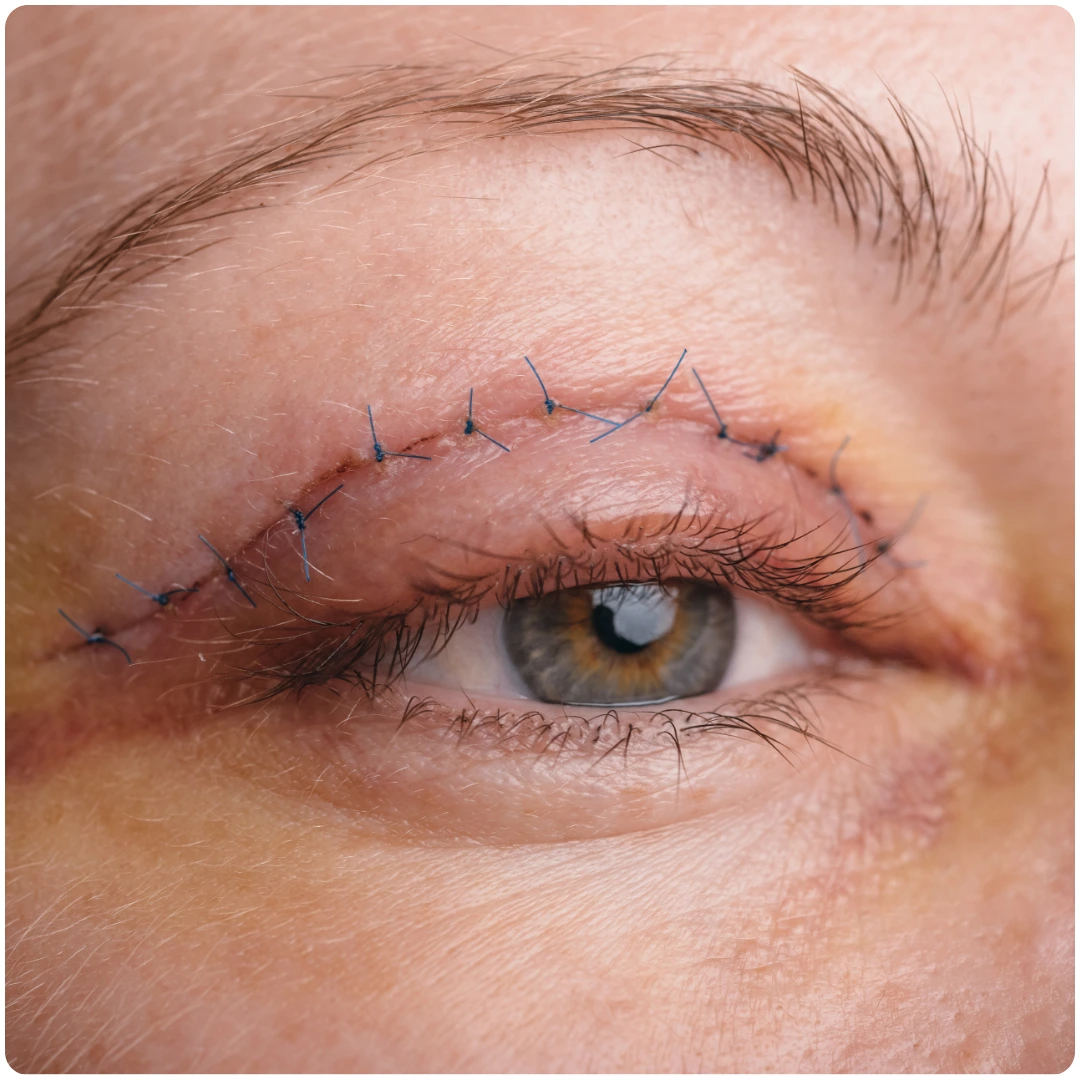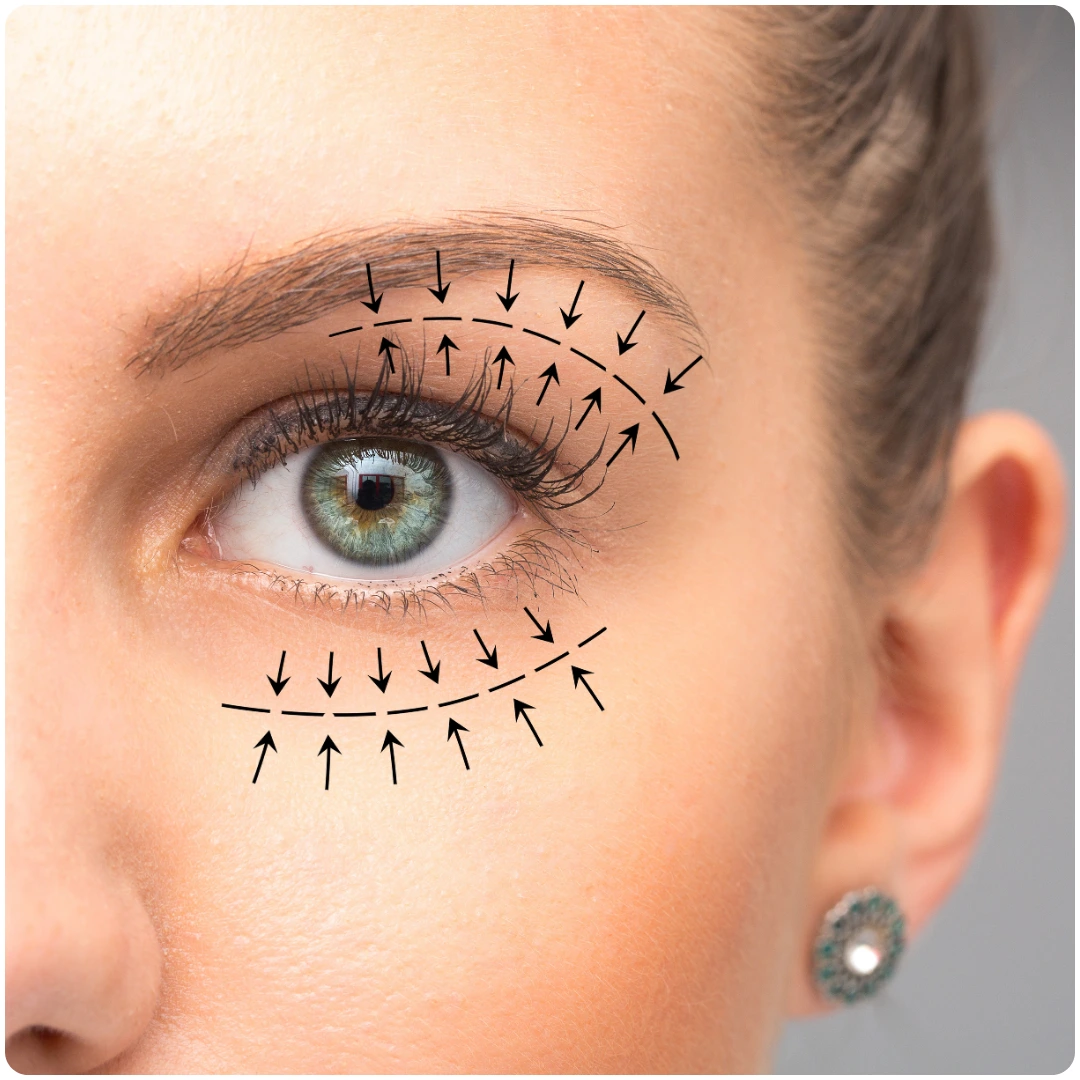Blepharoplasty
What is Blepharoplasty?
The procedure to correct and aesthetically improve the look of the upper and lower eyelid is called Blepharoplasty. This process plays a vital role in facial rejuvenation as it addresses the treatment of excess skin and orbital fat.
Before opting for this process, getting a preoperative evaluation is important and should include a thorough medical and ophthalmic history, along with a detailed cutaneous and eye examination.
Symptoms of preexisting dry eye should be elicited preoperatively, as they directly correlate with postoperative complications. Physical examination by the medical practitioner would also consider brow position, eyelid shape, lower eyelid position, and cheek projection.
The eye is an important component of facial aesthetics, and blepharoplasty can play a vital positive role in facial harmony and the perception of aging. Blepharoplasty is one of the most performed facial cosmetic procedures today.
Symptoms such as tired-looking eyes, excess skin, droopy eyelids, or circles around the eyes may benefit from blepharoplasty. One can also combine this process with other facial and skin rejuvenation procedures such as brow or mid-face lift, lasers or chemical skin resurfacing.
For this procedure, a detailed patient evaluation is mandatory. It is important that your doctor is aware of your medical and ophthalmologic history such as vision, corrective lenses, trauma, glaucoma, allergic reactions, excess tearing, and dry eyes.
In addition to complete eye examination, the evaluation of the periorbital area should consider skin quality and quantity, underlying three-dimensional soft-tissue contours, and the bony skeletal support.

Brighten and Lift Your Eyes with Blepharoplasty at Musk Clinic!

What Is Upper Eyelid Dermatochalasis?
Upper eyelid dermatochalasis is the loss of elasticity and support in the skin. This can create a fold of excess upper eyelid skin, which can impair the function of the eye, including supero-lateral visual field obstruction. Evaluation of pre-septal and eyebrow fat pads is important in redefining the superior sulcus.
Usually, the surgeon will ask for your old photograph to ascertain the look that needs to be achieved. The incision lines for eyelid surgery are designed so the resultant scars will be well concealed within the natural structures of the eyelid region.
The upper eyelid can be corrected through an incision within the natural crease on the eyelid. This allows for removal or repositioning of fat deposits, tightening of muscles and removal of excess skin. Conditions of the lower eyelid may be corrected with an incision just below the lower lash line.
Through this incision, excess skin in the lower eyelid is removed. Again, the excess fat can be repositioned or removed. Please keep in mind that the results of eyelid surgery will appear gradually as swelling and bruising subside to reveal a smooth, better-defined eyelid and surrounding region, and a more alert and rejuvenated appearance.
Why Choose Musk Clinic?
FAQs
Blepharoplasty (Greek: Blepharo = eyelid +plasty = to change) is one of the most common cosmetic procedures performed in facial plastic surgery. Our eyes are one of the first places that show signs of aging.
As we age, we develop redundant skin on the eyelids which unfortunately makes us look tired. Blepharoplasty, which is a simple outpatient procedure, can reverse these changes and restore a more youthful and rested appearance.
The eyes will appear more rested and vibrant after cosmetic eyelid surgery. Most often the results are so natural that friends and coworkers will comment on how great you look, without realizing that surgery was performed.
The incision for blepharoplasty is hidden in natural creases of the eyelid, and it heals extremely well.
Absolutely! This is one of the most common complaints that we hear in our practice. As mentioned previously the redundant skin that develops as we age usually causes the makeup to smear.
After surgery most of our patients are not only ecstatic about how they look but are also thrilled that they don’t have to worry about this problem anymore.
Most eyelid surgery can be performed under local anesthesia. If desired, local anesthesia with sedation can be performed. This type of anesthesia, also known as Monitored Anesthesia Care or MAC, is performed by an anesthesiologist.
The main advantages of this anesthesia are:
- it does not require putting a breathing tube in the throat,
- it does not require a breathing machine,
- the recovery is much faster,
- there is less nausea after surgery.
All of these elements translate into greater comfort and safety. During MAC anesthesia, an intravenous needle is placed into one of the veins of the arm or hand. Relaxing medication is given to make the patient fall asleep.
The amount of medication is adjusted as needed. After the patient is asleep, numbing medicine is placed in the skin of the area that is being operated on. During the procedure the patient is unaware of anything going on and cannot hear anything, yet he or she is breathing normally.


